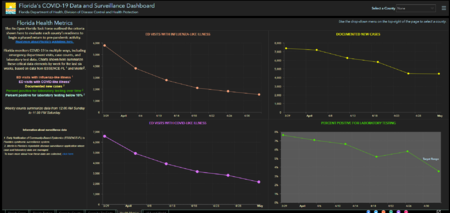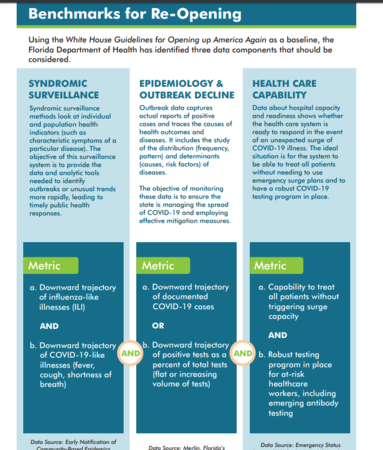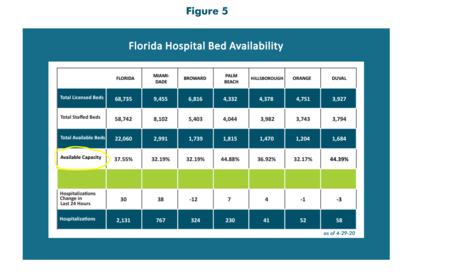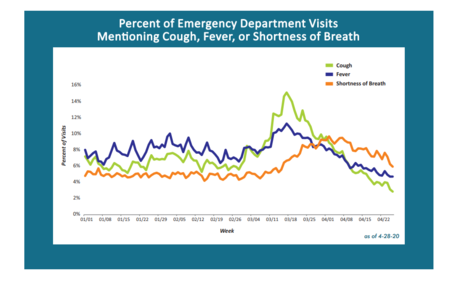nolastyle
The Future Has Arrived
- Joined
- May 26, 2007
- Messages
- 2,276
- Reaction score
- 1,655
Offline
My sister-in-law is a nurse practitioner specializing in dialysis, but she isn't on the clinical side anymore, she works with a renal medicine NGO in Washington (DC).
In their weekly conference calls, their medical executives talk regularly about how Covid-19 likely damages organs outside of the primary respiratory system disease . . . and that there's still so much unknown about the pathology of this infection. All the more reason to avoid getting infected by it.
Same idea:
Look to the past to define the future. Very, very similar to the SARS virus of 2004, also a strain of coronavirus. A predominantly respiratory disease that viciously attacks other body systems as it worsens, causing a cascade of organ failure and, eventually, death. From way back:
Severe acute respiratory syndrome (SARS) is an acute infectious disease that spreads mainly via the respiratory route. A distinct coronavirus (SARS‐CoV) has been identified as the aetiological agent of SARS. Recently, a metallopeptidase named angiotensin‐converting enzyme 2 (ACE2) has been identified as the functional receptor for SARS‐CoV. Although ACE2 mRNA is known to be present in virtually all organs, its protein expression is largely unknown. Since identifying the possible route of infection has major implications for understanding the pathogenesis and future treatment strategies for SARS, the present study investigated the localization of ACE2 protein in various human organs (oral and nasal mucosa, nasopharynx, lung, stomach, small intestine, colon, skin, lymph nodes, thymus, bone marrow, spleen, liver, kidney, and brain). The most remarkable finding was the surface expression of ACE2 protein on lung alveolar epithelial cells and enterocytes of the small intestine. Furthermore, ACE2 was present in arterial and venous endothelial cells and arterial smooth muscle cells in all organs studied. In conclusion, ACE2 is abundantly present in humans in the epithelia of the lung and small intestine, which might provide possible routes of entry for the SARS‐CoV. This epithelial expression, together with the presence of ACE2 in vascular endothelium, also provides a first step in understanding the pathogenesis of the main SARS disease manifestations.
Tissue distribution of ACE2 protein, the functional receptor for SARS coronavirus. A first step in understanding SARS pathogenesis - PMC
Severe acute respiratory syndrome (SARS) is an acute infectious disease that spreads mainly via the respiratory route. A distinct coronavirus (SARS‐CoV) has been identified as the aetiological agent of SARS. Recently, a metallopeptidase named ...





